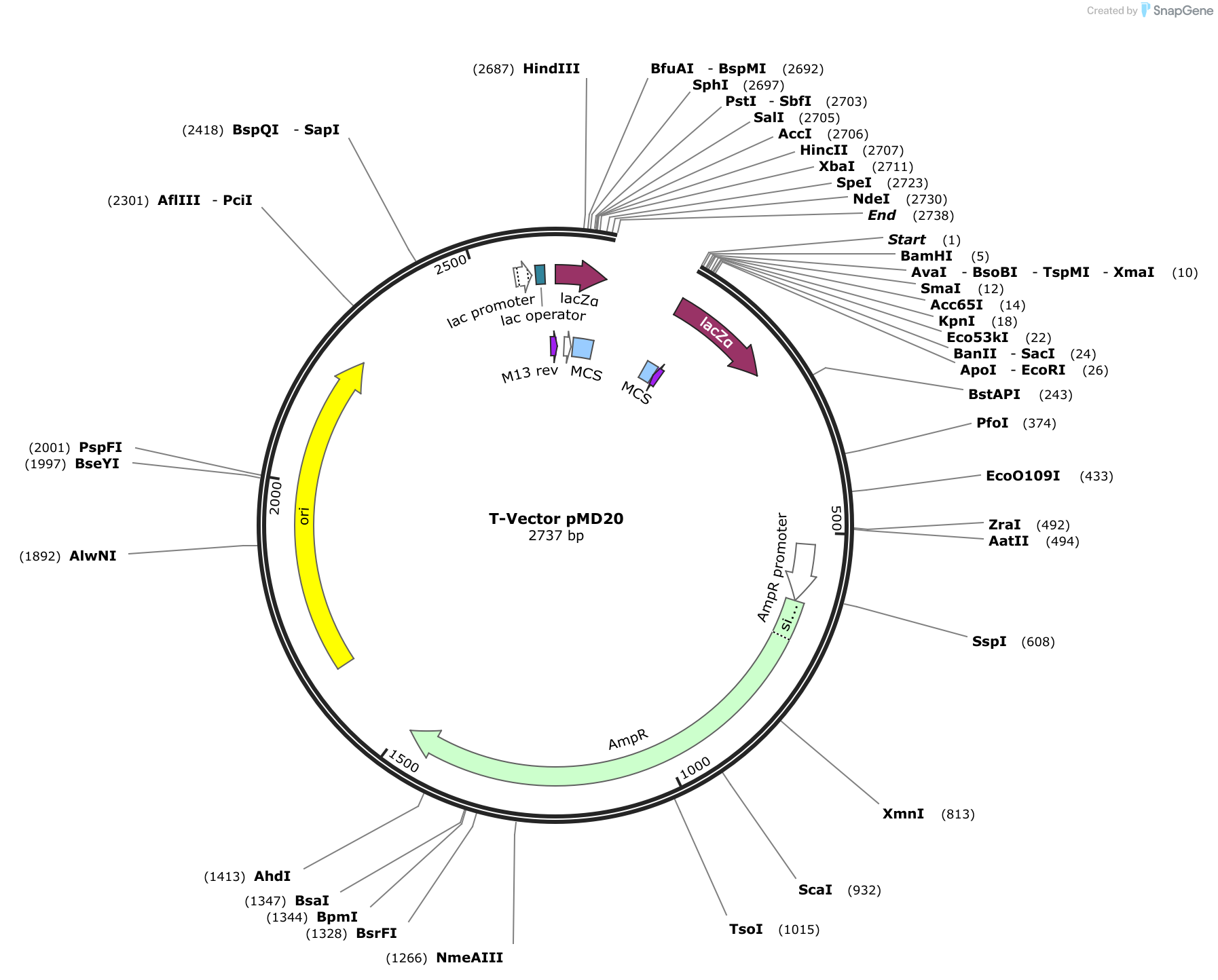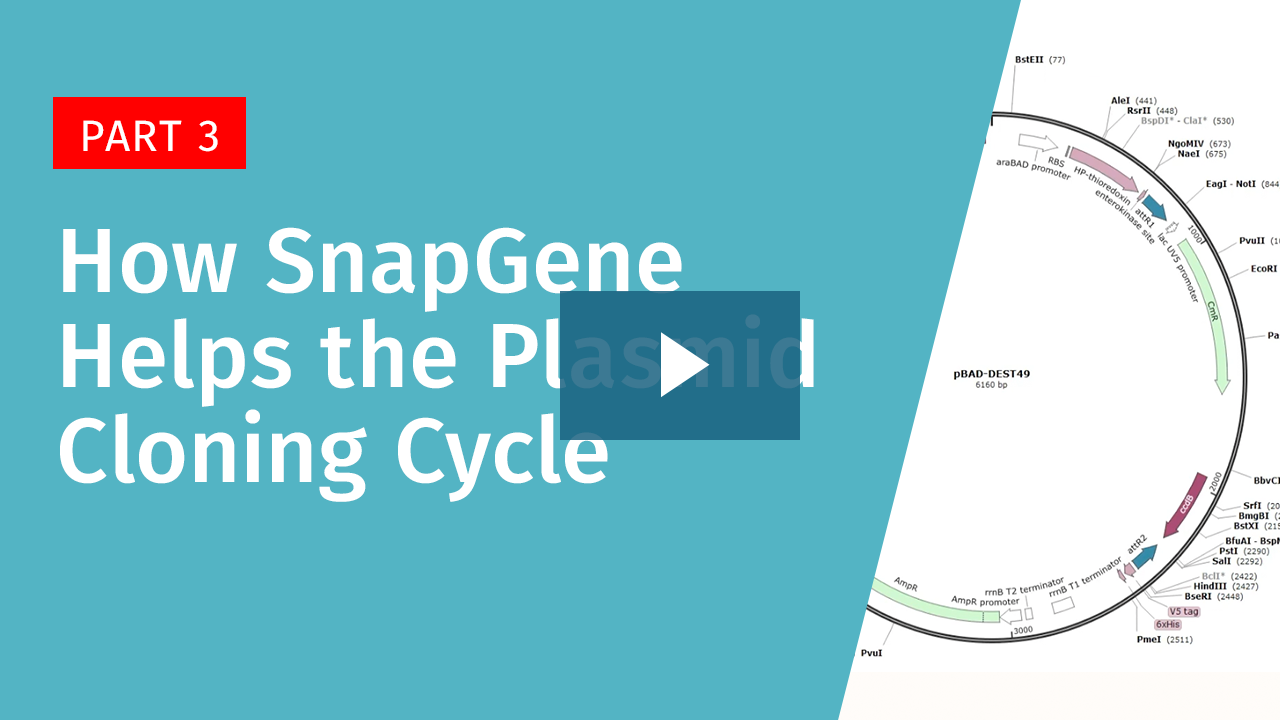


Performing the In-Fusion reaction and validating the fusion points.Designing PCR primers to amplify your insert of interest and add the necessary tail for annealing to your vector.

Linearizing your vector at the insertion point of interest.The three main steps when designing your In-Fusion experiment are: In-Fusion cloning allows you to add any insert into any vector at any site making it an extremely versatile cloning method. Designing an In-Fusion Cloning Experiment TagRFP and TagGFP2 fluorescent markers PuroR, BleoR, NeoR, BlastR, and HygroR antibiotic-resistance markers mouse Thy1.1 & Thy1.In-Fusion Cloning technique using a single insert.Constitutive or inducible versions of U6 or H1 shRNA/sgRNA expression pol III promoters.Choose from a variety of vector elements, and we’ll build your vector: Ready-to-use Lentiviral Packaging Plasmid MixĬellecta can also customize vectors.CloneTracker XP™ Expressed Barcode pScribe Vectors.InDOXible™ Dox-Activated cDNA Expression System.CloneTracker XP™ Expressed sgRNA-Barcode and sgRNA-Only pRSGScribe Vectors.dCas9-only expression for CRISPRa or CRISPRi, for use with Two-Vector System sgRNA-only vectors.Cas9-only expression for CRISPR knockout, for use with Two-Vector System sgRNA-only vectors.Dual-sgRNA expression for CRISPR knockout, CRISPRa, or CRISPRi.sgRNA-only expression for CRISPR knockout, CRISPRa, or CRISPRi (Two-Vector System).sgRNA+Cas9 expression for Single-Vector System CRISPR knockout.shRNA KnockdownĬRISPR Knockout, CRISPRa Activation, and CRISPRi Repression gb sequences as files rather than having them open up in the browser, right-click on the link and 'Save Link As.' or 'Download Linked File As.'. Linearized shRNA/sgRNA vectors or expression vectors with multiple cloning sites are also available, so you may clone your own inserts. Please contact us for information on a specific vector not listed or if interested in a customized vector.Ĭellecta’s vector collection includes the following types of expression vectors and accessory vectors. Please note that this list is not comprehensive. Find all vector information here, including cloning/Next-Gen Sequencing (NGS) cassette and primer design maps, sequences, and vector maps in SnapGene (.dna), GenBank/Vector NTI (.gb), and FASTA (.txt) formats. Cellecta offers a comprehensive collection of cloning and expression vectors for individual constructs to pooled library generation.


 0 kommentar(er)
0 kommentar(er)
